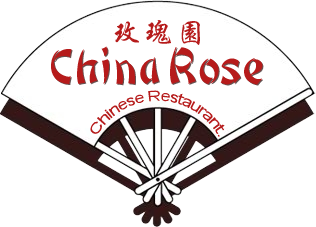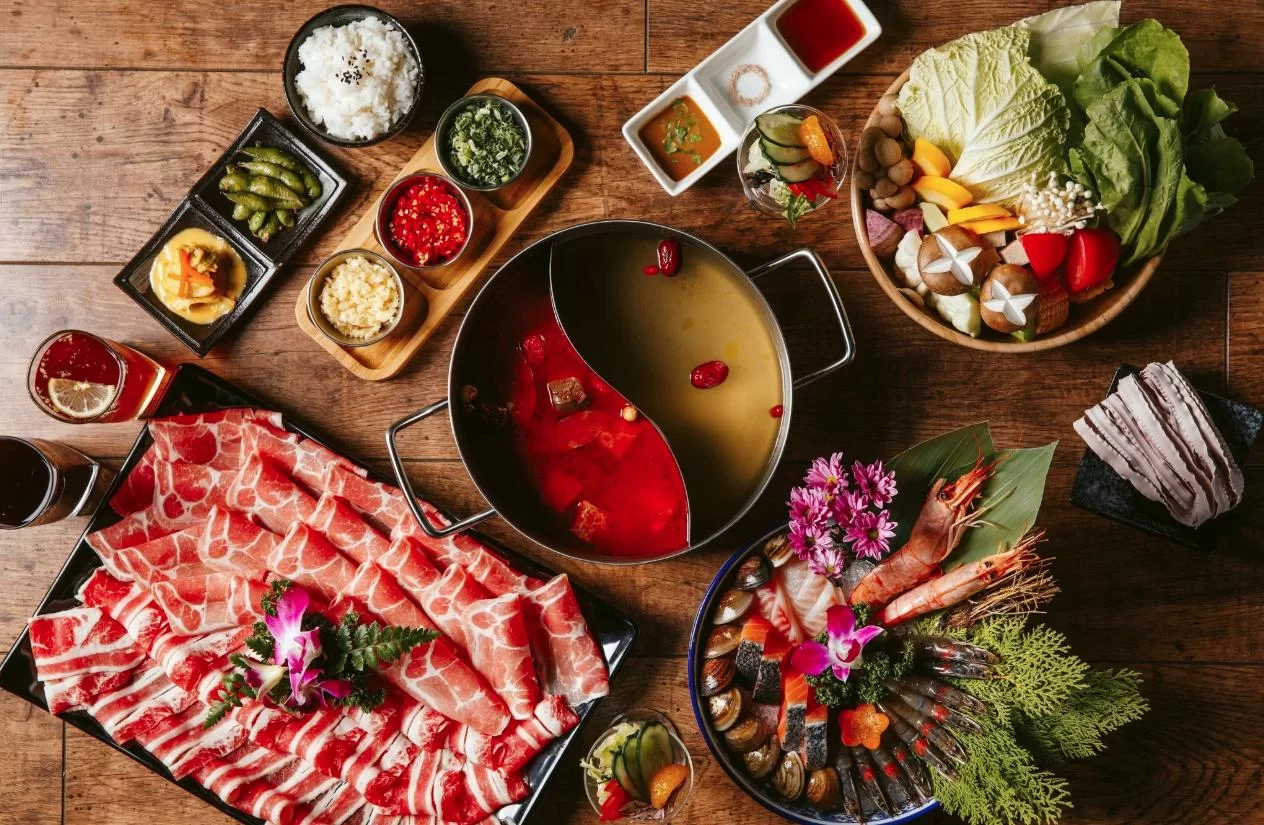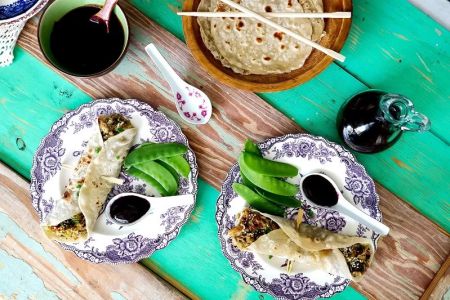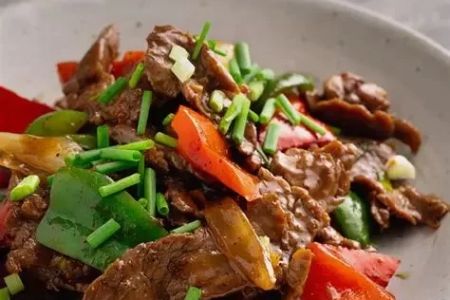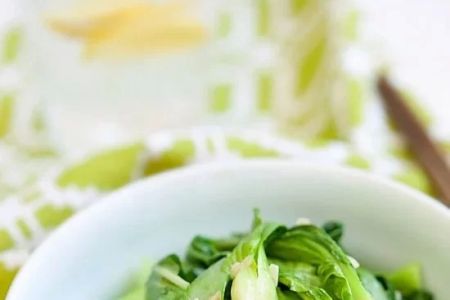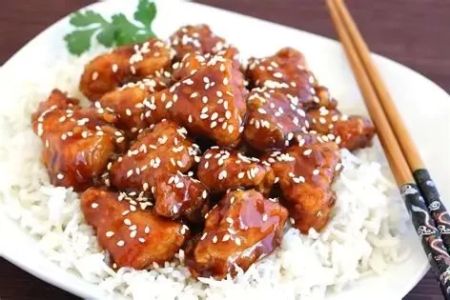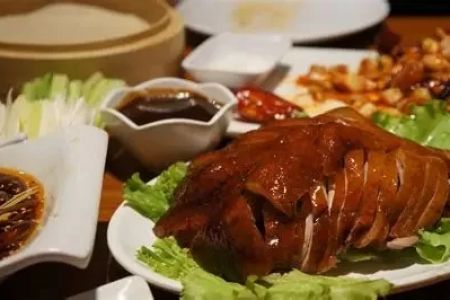- 1-Overview-of-Chinese-Food-Safety-Standards-in-USA
- 2-Key-Regulations-Governing-Chinese-Food-Preparation
- 3-Common-Hygiene-Practices-in-Chinese-Cuisine-Establishments
- 4-Challenges-and-Solutions-in-Ensuring-Safety
- 5-Real-World-Examples-of-Safety-Compliance
- 6-Where-to-Find-Reliable-Chinese-Food-Products-and-Services
1. Overview of Chinese Food Safety Standards in USA
Chinese food safety standards in the USA align with federal and state regulations established to protect consumers and ensure food quality. Agencies like the Food and Drug Administration (FDA) and the United States Department of Agriculture (USDA) oversee the safety of ingredients, preparation, and handling processes in Chinese restaurants and food manufacturing.
These standards cover a broad range of areas including sourcing fresh ingredients, proper storage temperatures, cross-contamination prevention, and employee hygiene. Compliance is essential to maintaining trust and delivering authentic yet safe Chinese cuisine to diverse American consumers.
2. Key Regulations Governing Chinese Food Preparation
Chinese food preparation in the USA must comply with the Food Code, which provides guidelines on food safety practices such as temperature control, sanitation, and allergen management. State and local health departments conduct regular inspections to verify adherence to these rules.
Special attention is given to traditional Chinese cooking methods that involve raw or partially cooked ingredients to ensure they meet safety criteria. Additionally, packaging and labeling regulations apply to Chinese food products sold in retail markets, ensuring consumers receive clear information about ingredients and expiration dates.
3. Common Hygiene Practices in Chinese Cuisine Establishments
Maintaining strict hygiene is a cornerstone of Chinese food safety. Practices include frequent hand washing, wearing gloves, using separate cutting boards for raw and cooked foods, and sanitizing kitchen surfaces. Many establishments also train staff on safe food handling to reduce risks.
Proper ventilation and pest control measures are implemented to avoid contamination. In some Chinese restaurants, traditional fermentation and pickling techniques are performed under controlled conditions to ensure product safety.
4. Challenges and Solutions in Ensuring Safety
One challenge in Chinese food safety is preserving authenticity while meeting modern safety standards. Certain ingredients or preparation methods may require adaptation without compromising flavor. Language barriers and cultural differences can also affect staff training and communication.
Solutions include bilingual safety training programs, use of technology to monitor kitchen conditions, and collaboration with food safety experts. Continuous education and community engagement support ongoing improvement in safety practices.
5. Real-World Examples of Safety Compliance
Several Chinese restaurants in major US cities have gained recognition for exemplary safety practices. For instance, a renowned Chinatown eatery implemented advanced temperature monitoring systems and received top health inspection scores consistently. Another food manufacturer adopted new packaging techniques that extended shelf life while maintaining traditional flavors.
These examples show how Chinese food safety standards in the USA are not just regulatory requirements but part of a commitment to quality and customer satisfaction.
6. Where to Find Reliable Chinese Food Products and Services
For consumers seeking authentic and safe Chinese food products or dining experiences, trusted sources and certified restaurants offer peace of mind. Visit Chinese Food to explore verified listings, expert reviews, and recommendations for establishments that meet high safety and quality standards.
Engaging with reputable providers supports the preservation of Chinese culinary traditions while ensuring your health and safety.
